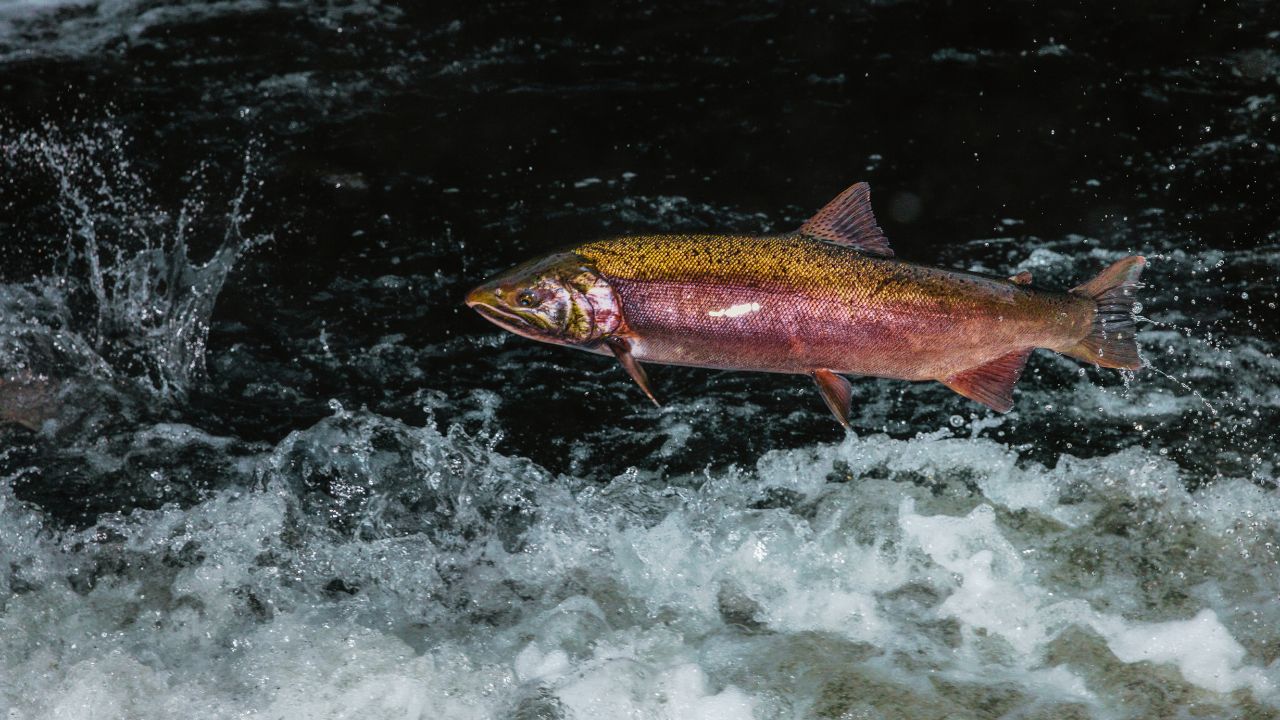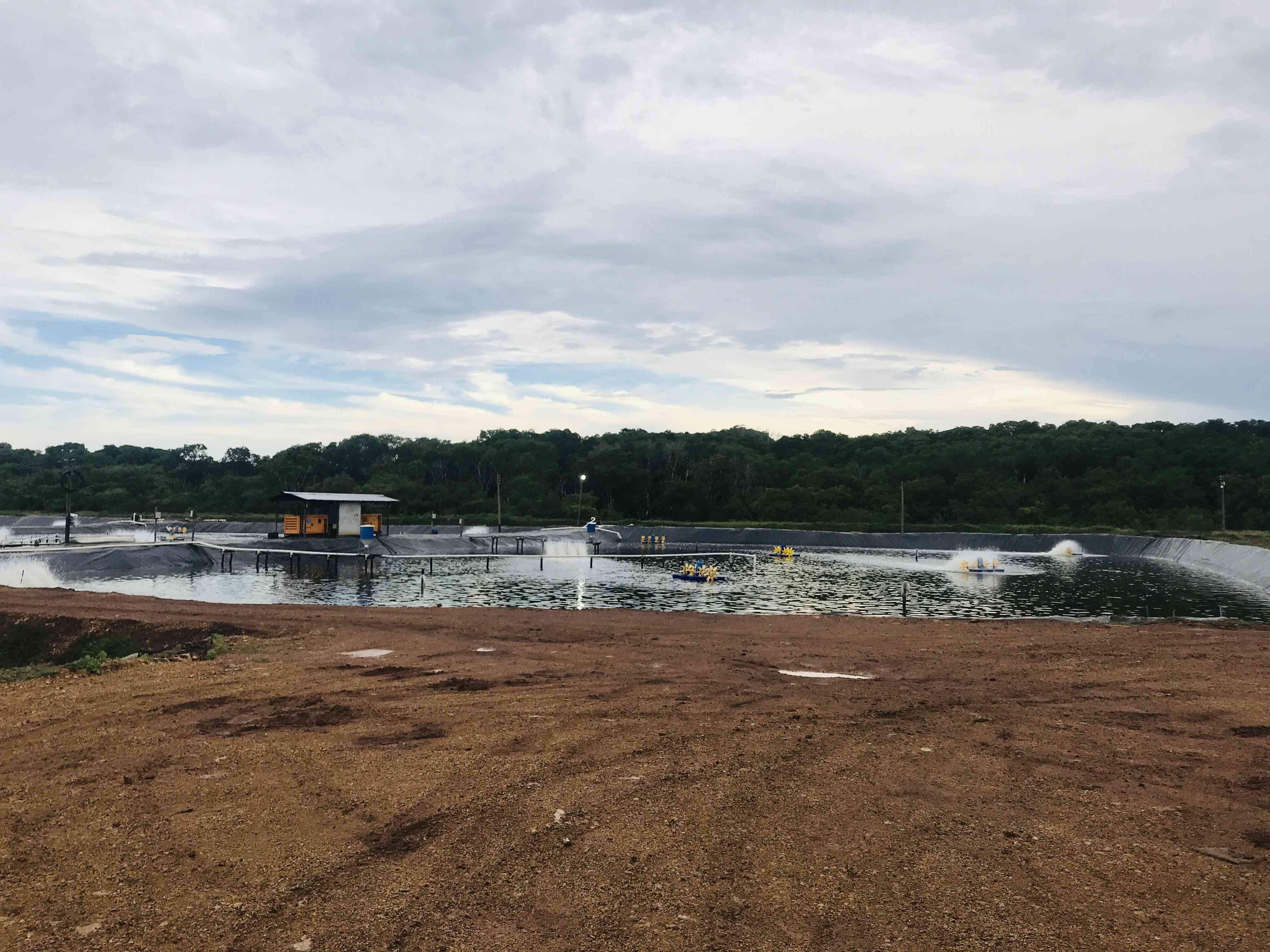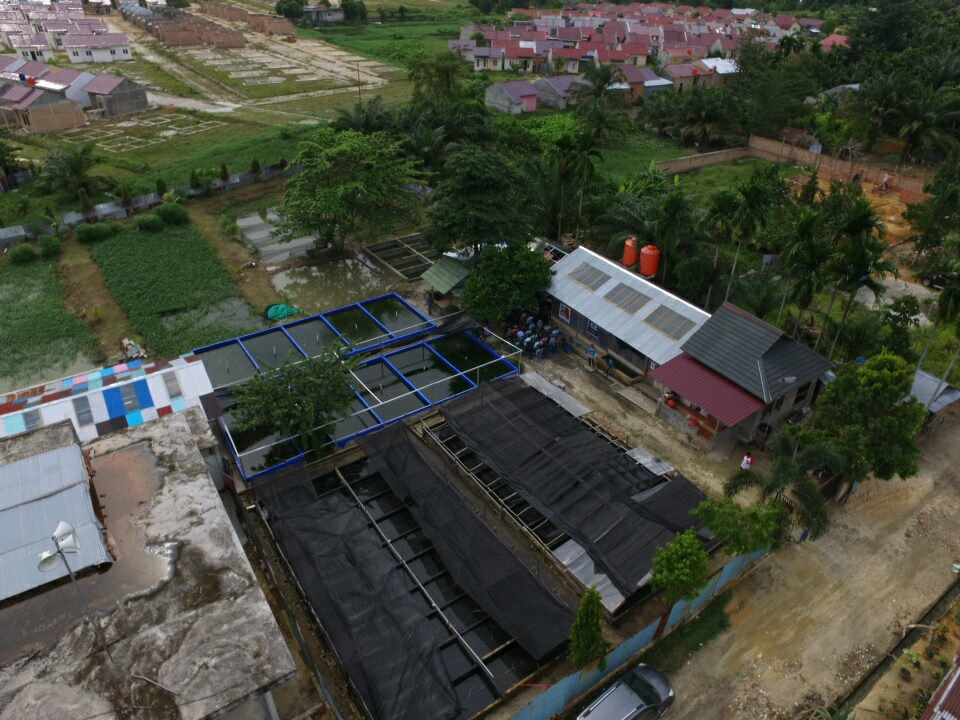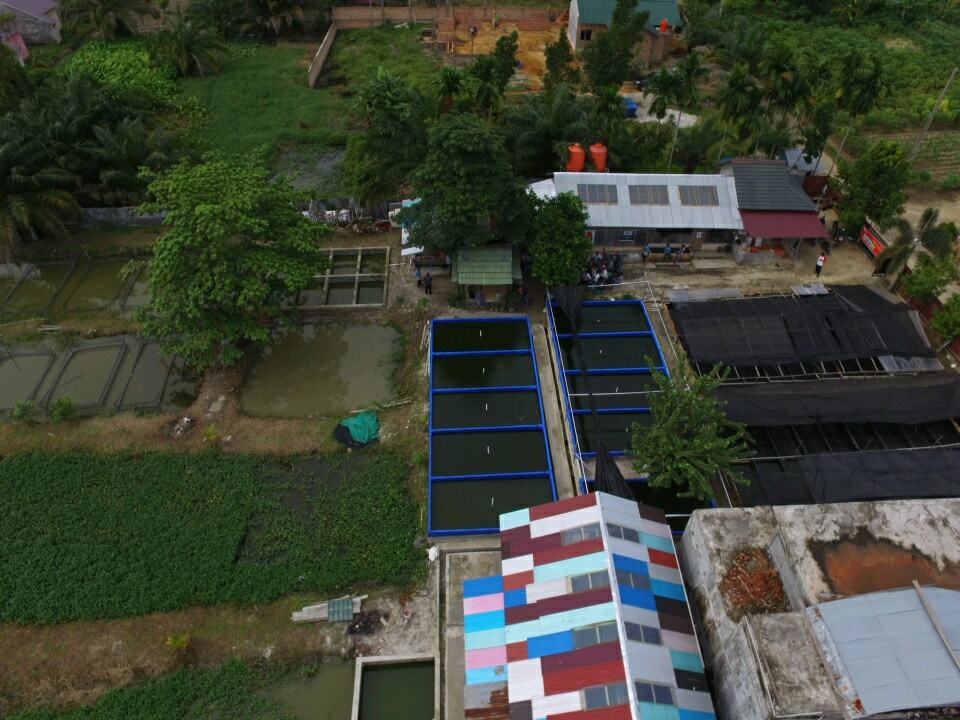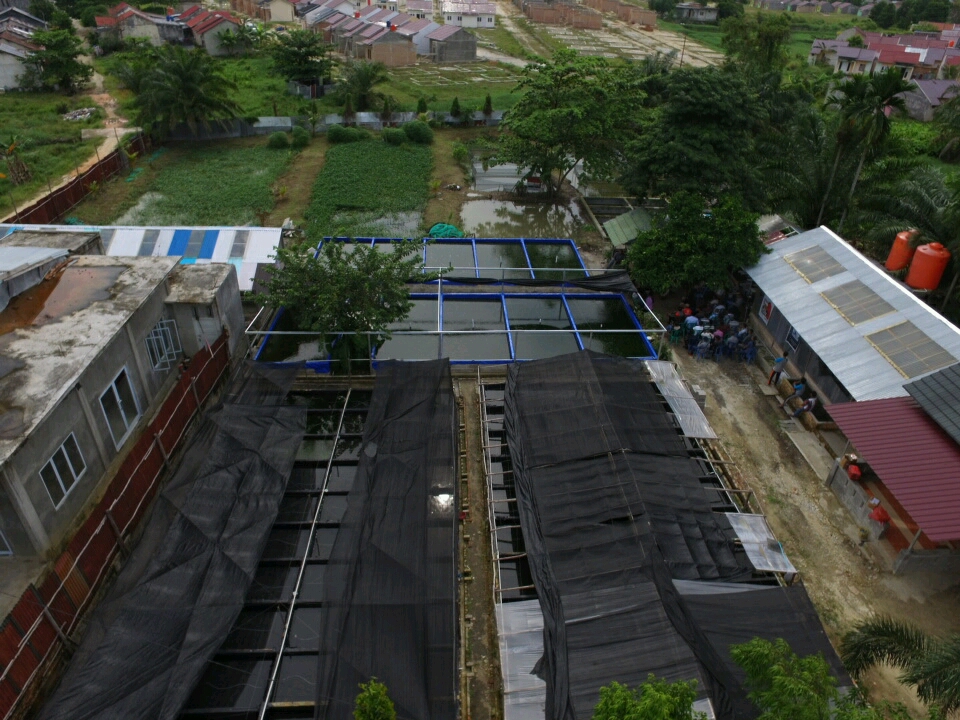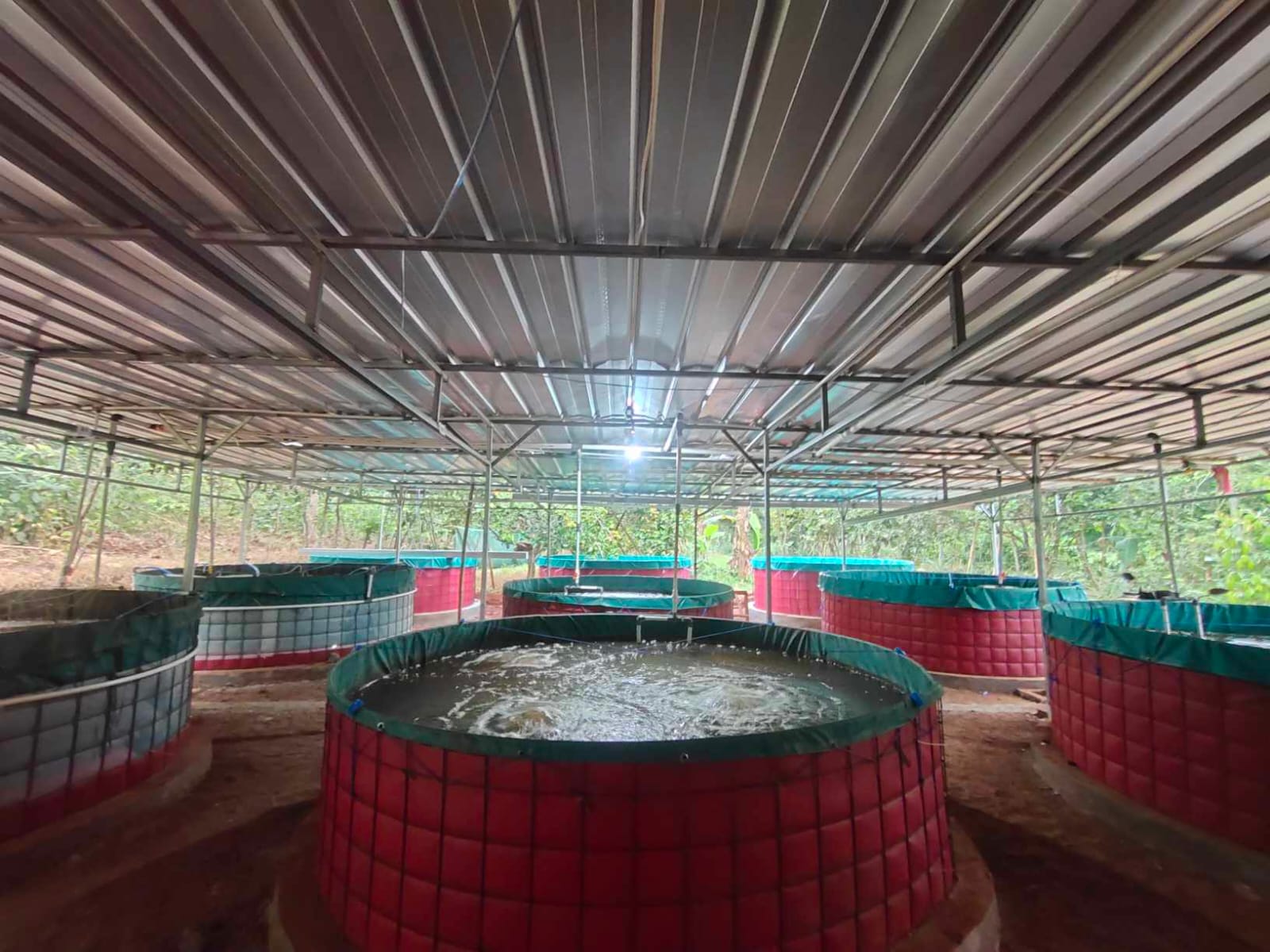In the vast aquatic world, a phenomenon unfolds that mirrors humanity’s most profound traditions of pilgrimage and endurance: a "great homecoming" or a "transcontinental marathon" undertaken not by people, but by fish. Known in the world of fisheries as migration, it is a directed, mass journey that can span thousands of kilometers, often against punishing currents and through a gauntlet of predators. For the bluefin tuna, this means a voyage of more than 10,000 kilometers (approx. 6,200 miles) across the Atlantic, a months-long odyssey from the waters of Florida to the coast of Norway. For the salmon, it is a heroic ascent upriver, leaping over waterfalls to return to the very gravel beds where it was born.
This is no aimless wandering. Migration is a directed, periodic, and large-scale movement that forms a fundamental chapter in the life cycle of a species. It must be distinguished from more limited daily or local shifts. These are journeys with a crucial and specific purpose: to find abundant sources of food (feeding migration), to locate the ideal grounds for reproduction (spawning migration), or to move toward a more suitable habitat to ensure survival (survival migration). Each journey is a profound adaptation to the rhythms of nature, a strategy honed over millions of years to perpetuate the species and its descendants.
Far from being a blind instinct, this colossal undertaking is a vital link between disparate ecosystems and a primary pillar of fishing economies around the globe, including in Indonesia. The regularity, timing, and sheer volume of migrating fish can be seen as the very pulse of the aquatic ecosystem. When this pulse is steady, it is a sensitive indicator of environmental health. But when it falters—disrupted by the construction of a dam, clouded by pollution, or altered by a changing climate—it signals a symptom of a much deeper and more fundamental disease within the ecosystem itself.
The cause of migration: an internal drive and the call of nature
The impetus for such an epic journey is triggered by a complex combination of signals, originating both from within the fish’s body and from its surrounding environment. This interaction works like a finely tuned lock-and-key system: an internal drive prepares the fish physiologically for the ordeal ahead, while external factors in nature act as the key, turning the lock and initiating the migration at precisely the right moment.
Long before a single fin stroke of the journey begins, an internal imperative surges through the fish. This drive is so powerful that the call to migrate becomes seemingly impossible to refuse. It is a coordinated symphony of internal factors, as if the fish’s body has been programmed from birth to undertake this quest for the survival of its species.
One of the most critical factors is a genetic program inherited through countless generations. The instinct to migrate is deeply embedded in the fish’s genetic code, an inseparable part of its life cycle. This biological inheritance is a proven strategy for survival; without it, many species would be unable to reproduce or adapt to environmental shifts. Alongside this genetic blueprint, the fish’s physiological condition is paramount. Its body must accumulate sufficient energy reserves, typically stored as fat, well in advance of the journey. For species like salmon, this is a matter of life and death, as they cease feeding entirely during their spawning migration and must rely solely on the energy they have stored.
The final internal trigger is a hormonal surge that accompanies the maturation of the gonads, or reproductive organs. As a fish reaches sexual maturity, a cascade of hormones prompts profound changes in its behavior and physiology. These hormones are the ultimate signal that it is time to leave the old habitat behind and begin the arduous journey toward its spawning grounds.
If these internal factors are the alarm clock waking the fish, then external factors are the map and calendar provided by nature itself. Without these environmental cues, the long journey would be chaotic and likely end in failure. Perhaps the most dominant external trigger is water temperature. Seasonal changes can influence a fish’s metabolism, swimming activity, and the timing of its spawning. Many marine species, such as skipjack tuna, follow the movement of specific temperature fronts that are ideal for both themselves and their prey.
Ocean currents also play a vital role, acting as natural transportation corridors. Some species exploit these currents like superhighways to conserve energy, while others, like salmon, must fight relentlessly against them to reach their destination. For large oceanic fish like tuna, the very pattern of ocean currents can dictate their entire migration route. Salinity differences serve as another crucial marker, especially for fish moving between freshwater and marine habitats. Eels, for example, often begin their migration from the sea into rivers when the salt content in estuaries drops during the rainy season. Similarly, changes in light intensity function as a natural calendar, signaling when to begin migrating for spawning or feeding. Even the daily vertical movement of anchovies—rising to the surface at night and descending to the deep during the day—is governed by light. Finally, for great pelagic wanderers like tuna and whale sharks, the distribution of their prey, phytoplankton and zooplankton, is the ultimate determinant of their path.
As a form of responsible fish management, PT Poso Energy built a fishway to maintain the migration route of eels, an important endemic commodity in Poso: KKP
Classification of migration
Based on the habitats they traverse and the primary purpose of their journeys, fish migrations can be categorized into several distinct types. This classification is more than an academic exercise; it effectively predicts where a species is most vulnerable to threats, whether from nature or human activity, creating a framework for identifying conservation priorities.
Diadromous
This term encompasses all fish that migrate between freshwater and saltwater. These species face immense physiological challenges, as they must actively regulate the salt balance in their bodies—a process called osmoregulation—when moving between environments of radically different salinity. The primary vulnerability hotspot for diadromous fish is the crucial transition zone of the river estuary. Habitat degradation in these areas, from pollution, coastal development, or siltation, can pose an existential threat to their survival. This type is further divided into three categories:
Anadromous
These fish are born in freshwater, migrate to the ocean to grow into adults in its food-rich environment, and then return to their freshwater origins to reproduce. Salmon and hilsa fish (ikan terubuk) are classic examples.
Catadromous
Undertaking a life cycle that is the reverse of anadromous species, these fish are born in the sea, migrate to freshwater as juveniles to mature, and then, as adults, return to the ocean to spawn. The eel is the most famous example of this type.
Amphidromous
Similar to the other two types, these fish move between freshwater and the sea, but their migration is not for the purpose of reproduction. They typically spawn in freshwater or estuaries, their larvae are carried passively out to sea, and the juveniles then actively migrate back into freshwater to grow.
Potamodromous
These fish spend their entire lives within freshwater ecosystems but still undertake long-distance migrations, for instance between the upper and lower reaches of a river or between a river and a lake. This migration is usually to find food or reach spawning locations upstream. In Indonesia, wild catfish and climbing perch are examples. Their main vulnerability hotspot is the longitudinal connectivity of the river system. The construction of a single dam can permanently sever the life cycle of the upstream population, isolating them from vital spawning grounds or food sources.
Oceanodromous
These fish live and migrate exclusively within the marine environment. Their journeys can be extraordinarily long, often crossing entire ocean basins as they follow food sources or head to specific spawning areas. Tuna, marlin, and whale sharks are the great ocean explorers of this category. Because of the massive scale of their journeys, which frequently cross the Exclusive Economic Zones (EEZ) of multiple countries, they are highly vulnerable to overfishing on the high seas and to large-scale climate change that alters ocean currents and temperature patterns.
The story of several fish species with different migration classifications
To truly grasp the wonder of migration, one can look to the stories of the species that have become icons of these journeys. Each has evolved unique strategies and faces specific challenges that illuminate the profound nature of their travels.
Salmon (anadromous)
The life cycle of the salmon is, at its heart, a long journey home. Born on the clean, gravelly bottom of a clear headwater stream, young salmon spend months or even years in freshwater before transforming into smolts and beginning a perilous voyage to the sea. In the nutrient-rich ocean, they mature over one to five years, exploring thousands of kilometers of open water. Then, driven by an ancient call, they begin the migration back to their birthplace.
A Coho salmon rests at the base of the Denil fish ladder in Lower Lake Creek Falls, Oregon, during the fall when thousands of salmon migrate upstream to spawn in their birthplace: "The Greatest Journey" by BLM Oregon & Washington
Their navigational ability is phenomenal. In the open ocean, they are believed to use the Earth’s magnetic field as a kind of global compass to orient themselves toward the correct coastal region. As they near land, they switch to their exquisitely keen sense of smell. Each river possesses a unique chemical footprint, and a salmon can detect the faint aroma of its home stream from a great distance, guiding it back with astonishing precision. This return journey is an ultimate test of physiological endurance. The fish stop eating, swim against powerful currents, leap over waterfalls, and evade predators. Upon reaching their natal stream, they spawn. Having completed this final task, most salmon species die.
Yet, their death is also a form of life-giving. The decaying carcasses become a vital fertilizer, transferring precious nutrients like nitrogen and phosphorus from the sea to the often nutrient-poor terrestrial ecosystem. Research shows that trees along the banks of salmon-spawning rivers can grow three times faster, and more than 137 species, from bears to insects, depend on the salmon as a primary source of food. Their migration is a biological pump, connecting the health of the ocean to the vitality of the forest.
Eel (catadromous)
If the salmon’s story is a return to the headwaters, the eel’s is a mysterious voyage into the deep sea. Its catadromous life cycle is the inverse of the salmon’s. Eels are born as transparent, leaf-shaped larvae called leptocephalus in remote spawning grounds deep in the ocean. Tropical species found in Indonesia, like Anguilla bicolor and Anguilla marmorata, are believed to spawn in the Indian Ocean.
These larvae drift passively on ocean currents for months, journeying toward the coast. As they approach land, they metamorphose into transparent juveniles known as glass eels and begin actively swimming into river estuaries. Their journey continues upstream as they transform into pigmented elvers and finally settle as yellow eels in rivers, lakes, or swamps, where they may spend anywhere from 5 to 25 years growing. Upon reaching sexual maturity, they undergo one last transformation into silver eels, their eyes enlarging and their bodies taking on a silvery hue to adapt to deep-sea life. Driven by the reproductive urge, they begin their final migration back downstream, heading for the ocean to find the spawning grounds where they were born. After they spawn, they too die.
In Indonesia, this migration is of great ecological and economic importance. However, the eel’s complex, multi-stage life cycle is exceptionally fragile. On its journey from the sea to the headwaters and back again, any barrier in the river—especially a high dam near an estuary—can effectively sever its life cycle, preventing glass eels from ascending and silver eels from descending.
Tuna (oceanodromous)
Tuna are the true explorers of the ocean. As oceanodromous fish, they spend their entire lives on the high seas, undertaking migrations of thousands of kilometers across entire ocean basins. Their movements are driven by two primary needs: to find food and to reproduce. They are opportunistic predators in perpetual motion, following vast schools of smaller fish, squid, and krill.
Their travels are heavily influenced by oceanographic conditions. Tuna often congregate along temperature fronts—the boundaries between warm and cold water masses where biological productivity is high. They also follow areas with high concentrations of chlorophyll-a, an indicator of the phytoplankton that forms the base of the marine food web. With its strategic position between the Pacific and Indian Oceans, the waters of Indonesia form a critical part of a global migration corridor and serve as a vital spawning ground for several high-value species, including yellowfin tuna (Thunnus albacares) and bigeye tuna (Thunnus obesus). The life of a tuna transcends national boundaries, making its conservation not a local issue, but a global challenge of managing a shared, wandering resource.




